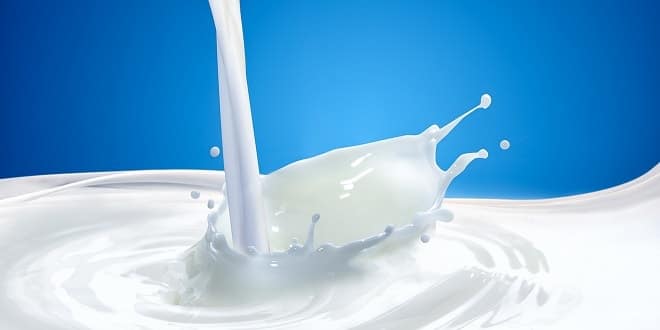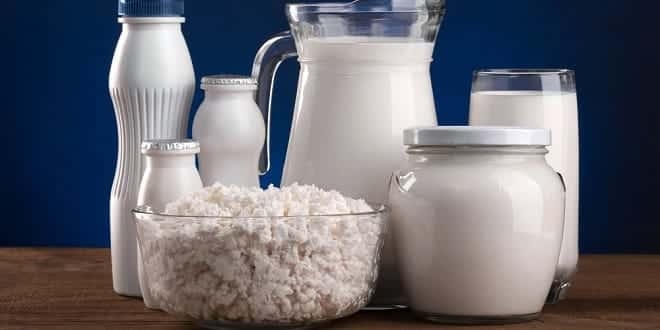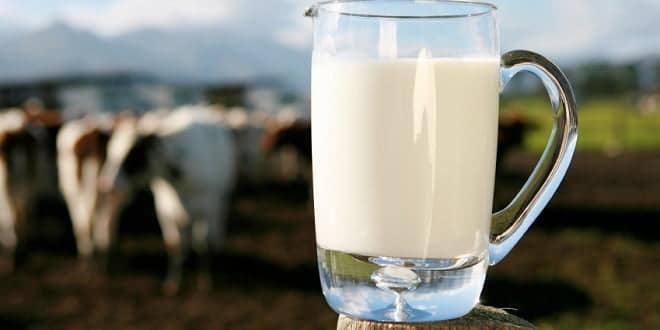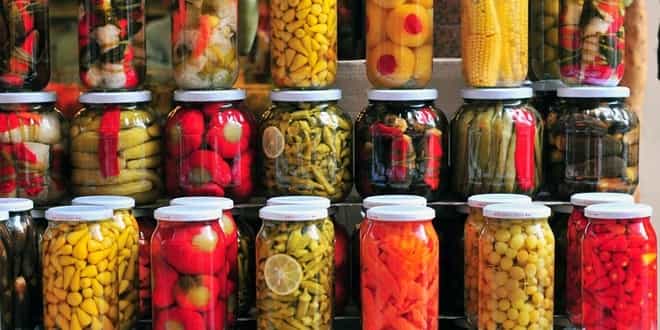Study of Milk and Microorganisms ( Saugat Bhattacharjee )
Introduction
Milk is a white liquid produced by the mammary glands of mammals.
Primary source of nutrition for young mammals before they are able to digest other types of food.
Throughout the world, there are more than 6 billion consumers of milk and milk products.
Physical & Chemical properties
Milk is a white emulsion or colloid of butter fat globules
Presence of fat globules and the smaller casein micelles provide the opacity to the milk.
Yellow-orange carotene imparts the creamy yellow colour to a glass of milk.
It contains many other nutrients.
Milk contains 30–35 grams of protein per liter of which about 80% is arranged in casein micelles.
Different carbohydrate including lactose, glucose, galactose, and other oligosaccharides.
Calcium, phosphate, magnesium, sodium, potassium, citrate, and chlorine are all included.
Vitamins A, B6, B12, C, D, K, E, thiamine, niacin, biotin, riboflavin, folates, and pantothenic acid are all present in milk.
Microorganisms in milk
Milk is sterile at secretion in the udder but is contaminated by bacteria even before it leaves the udder.
Further infection of the milk by microorganisms can take place during milking, handling, storage, and other pre-processing activities.
Milk supports the growth of a variety of bacteria including pathogenic one.
Acid-forming bacteria, such as Streptococcus lactis, Str. faecalis Lactobacilli. These ferment lactose, forming lactic acid, and lead to the formation of curd.
Alkali-forming bacteria, such as Alkaligenes sp. Achromobacter. Aerobic spore-forming bacilli These render the milk alkaline.
Gas-forming bacteria, such as Coliform bacteria Cl. peifringens Cl. Butyricum. These produce acid and gas.
Proteolytic bacteria, such as Bacillus subtilis, B. cereus, Proteus vulgaris, Staphylococci Micrococci. These bacteria are responsible for proteolytic activity.
Inert bacteria, such as Achromobacter do not produce any visible change.
Lactic Acid Bacteria
lactococci
L. delbrueckii subsp. lactis (Streptococcus lactis )
Lactococcus lactis subsp. cremoris (Streptococcus cremoris )
lactobacilli
Lactobacillus casei
L.delbrueckii subsp. lactis (L. lactis )
L. delbrueckii subsp. bulgaricus
(Lactobacillus bulgaricus )
Leuconostoc
Coliforms: coliforms are facultative anaerobes with an optimum growth at 37° C.
Coliforms are indicator organisms; they are closely associated with the presence of pathogens but not necessarily pathogenic themselves.
They also can cause rapid spoilage of milk because they are able to ferment lactose with the production of acid and gas, and are able to degrade milk proteins.
They are killed by HTST treatment, therefore, their presence after treatment is indicative of contamination.
Escherichia coli is an example belonging to this group.
Pathogenic Microorganisms in Milk
The following bacterial pathogens are still of concern today in raw milk and other dairy products:
Bacillus cereus
Listeria monocytogenes
Yersinia enterocolitica
Salmonella spp.
Escherichia coli O157:H7
Campylobacter jejuni
…




